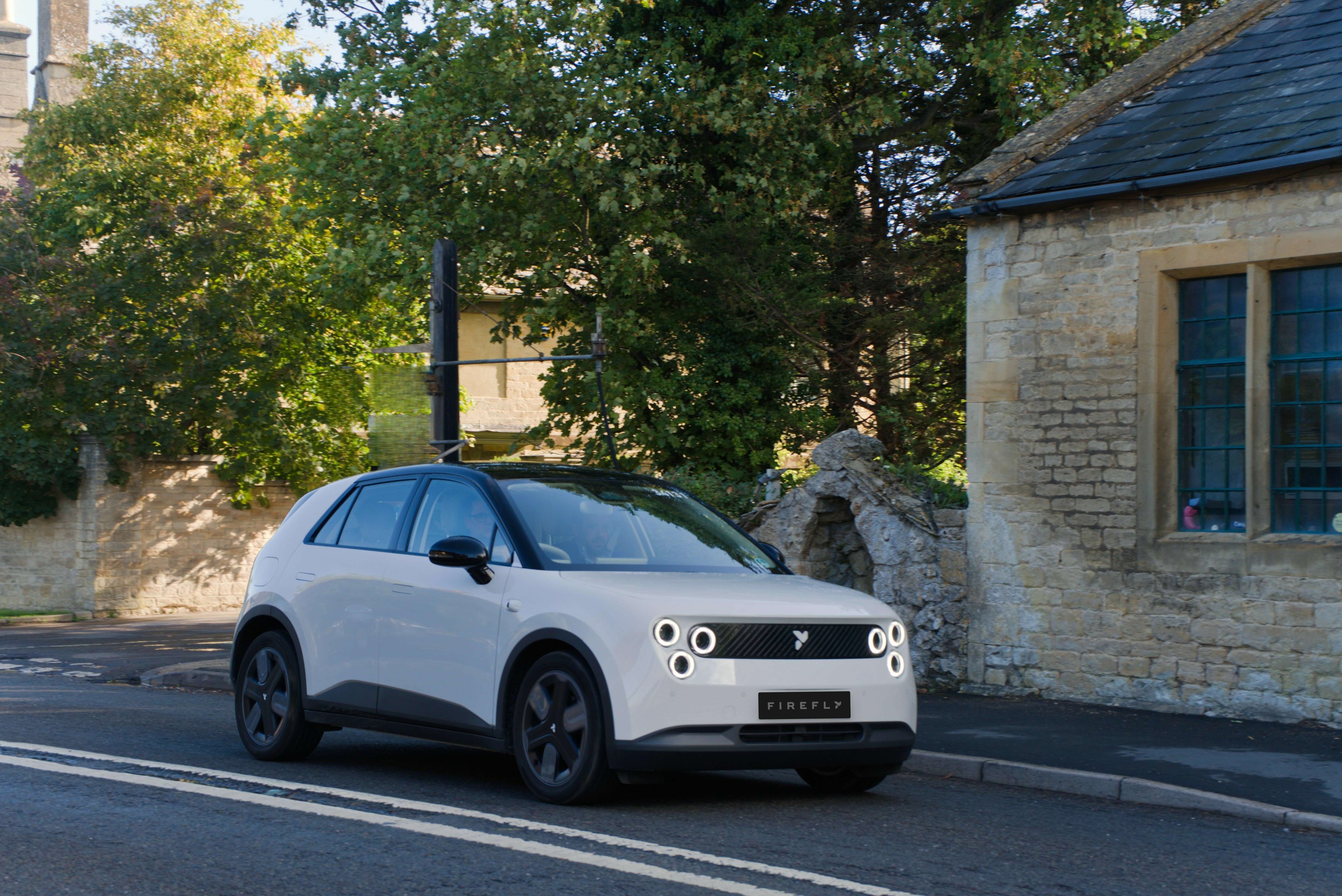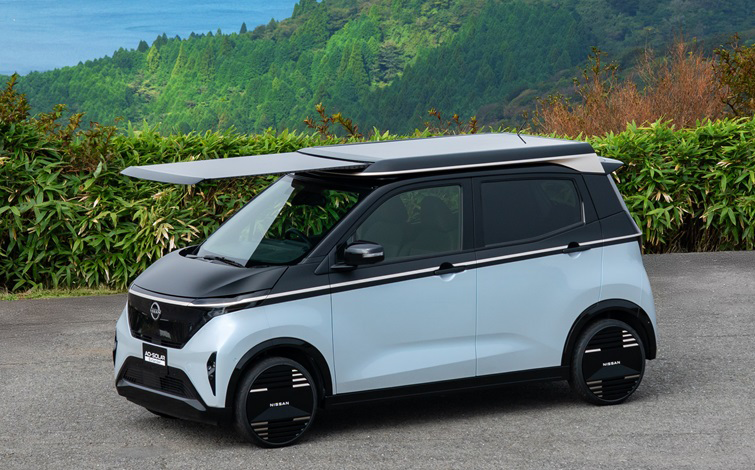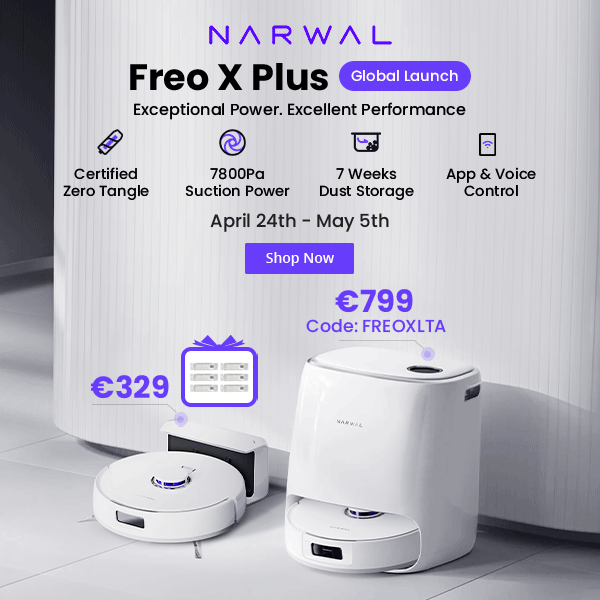
SVOLT is a Chinese battery cell maker subsidiary of the giant Chinese automaker GWM (Great Wall Motors), that besides LFP (LiFePO4) and NCM is already producing NMx (LNMO) battery cells.
SVOLT has its NMx battery cells available in two different sizes. One size is compatible with Volkswagen MEB platform and the other size is a long cell - alternative to the BYD Blade battery.
SVOLT NMx battery cell (MEB compatible)
The Cherry Cat is the first SUV made by ORA, which is the affordable brand of the giant Chinese automaker GWM (Great Wall Motors) that also owns the battery cell maker SVOLT.
This will be the first electric car to use the NMx (LNMO) cobalt-free battery cells from SVOLT. Moreover, there will also be a version with LFP (LiFePO4) battery cells, which are also cobalt-free.
Let’s see more details.
ORA Cherry Cat (NMx version)
Nowadays, good electric cars already have enough range for most people, but they are still much more expensive than their ICE (Internal Combustion Engine) counterparts. This is why LFP (LiFePO4) and CTP (cell-to-pack) are extremely important technologies to make electric cars mainstream. Automakers that don’t plan to use these two technologies as soon as possible aren’t serious about mass producing electric cars. For example, Stellantis plans to start using CTP packs with LFP cells only by 2024…
Audi’s former design director Wolfgang Egger keeps doing an impressive job at BYD. Long gone are the days when most Chinese cars were ugly, and the ones that looked nice were carbon copies of Western cars.
Making BYD electric cars more appealing to European customers is now the main mission that the German design director has at hand. I have been warning Euro legacy automakers for some time that BYD wants to dominate the European EV market and this can happen sooner than most people think.
Stellantis EV Day 2021 was embarrassing. The 3 hour video presentation was all about putting together multiple nonsense commercials and delaying the introduction of affordable electric cars.
First, let’s see the highlights of the press release.
Plans to invest more than €30 billion through 2025 in electrification and software, while continuing to be the automotive efficiency frontrunner, with investment efficiency 30 percent better than industry average Targeting over 70 percent of sales in Europe and over 40 percent in the United States to be low emission vehicle (LEV) by 2030 All 14 brands committed to offering best-in-class fully electrified solutions Delivering BEVs that meet demands of customers, with ranges of 500-800 km/300-500 miles and class-leading fast charging capability of 32 km/20 miles per minute Four flexible BEV-by-design platforms, scalable family of three electric drive modules and standardized battery packs to cover all brands and segments Platforms designed for long life via software and hardware upgrades Global EV battery sourcing strategy of over 260GWh by 2030, supported by five “gigafactories” between Europe and North America Plans include dual battery chemistries: a high energy-density option and a nickel cobalt-free alternative by 2024 Solid state battery technology introduction planned in 2026
Chinese customers can now order the Tesla Model Y Standard Range MIC (Made in China) with a starting price of 291.840 yuan (37.995 euros) before governmental incentives.
After subsidies the price drops to 276.000 yuan (35.932 euros), only 10 % higher than Tesla’s most-basic Model 3 sedan made in China.
First deliveries of this new more affordable version are expected to start next month.
Tesla Model Y SR MIC highlights
The upcoming BYD Dolphin (EA1) is probably the most awaited electric car right now. It’ll be the first electric car that can realistically reach the top 10 of world’s best selling cars, competing head-to-head with gas cars in price and availability.
However, there is some misinformation online about this amazing third generation electric car from BYD.
While it’ll be built on the new BYD e-platform 3.0 that allows 1.000 km of NEDC range and an acceleration from 0 to 100 km/h in under 3 seconds, it doesn’t mean that the small electric hatchback will get these specs. Notice that this is an electric car that BYD is aiming for everybody, but especially for younger buyers that want good electric cars that are also affordable.
Yesterday I wasted my time watching Renault’s eWays pathetic event. This was the event where Renault was going to show us how to popularize electric cars and finally make them affordable. I was expecting the announcement of something obvious to cut costs like a CTP (cell-to-pack) battery pack made with prismatic LFP (LiFePO4) cells.
Instead, Renault changed the strategy and moved the goalposts again. Renault’s electric cars won’t compete with their gas-counterparts in price and availability anytime soon.
The solar powered Sion just got its specs upgraded thanks to a new super-safe LFP (LiFePO4) battery with more capacity that provides more range and faster charging.
Let’s see the press release from Sono Motors.
The New 54 kWh LFP Battery Provides the Sion With an Extended Range of up to 305 km and a Maximum Charging Power of up to 75 kW More Powerful Battery Eliminates Cobalt, Nickel and Manganese In Surveys Over 90% Of Sion Reservation Holders Voted for a Larger Battery Munich, 24 June 2021 – After consultation with its Community, Munich-based mobility provider Sono Motors has opted for a more powerful 54 kWh battery for use in the SEV (Solar Electric Vehicle) Sion. The new battery extends the vehicle’s total range by up to 305 km and its maximum charging power by up to 75 kW. The additional range provided by the Sion’s solar panels remains unchanged at a weekly average of 112 km (245 km per week at peak). The new LFP (lithium iron phosphate) battery is considered to be one of the safest on the market, and also completely dispenses with the use of cobalt, nickel and manganese.
Last week I wrote an article announcing that the NETA V would soon get a faster version in China. That version is now available to order and it’s called NETA V Co-sport Magic Edition.
Let’s see more details about this new edition.
NETA V Co-sport Magic Edition
Length: 4.070 mm Wheelbase: 2.420 mm Width: 1.690 mm Height: 1.540 mm Tire specifications: 185/55 R16 Wheels: aluminium Number of seats: 5 Motor: 70 kW and 150 N.m of torque Maximum speed: 120 km/h Acceleration performance: 3,9 seconds (0-50 km/h) DC fast charging: 30 minutes (30-80 %) On-board charging: 6-8 h (6,6 kW) Range: 401 km (NEDC) and around 300 km in WLTP Starting price (before subsidies): 86.900 yuan (11.236 euros) Starting price (after subsidies): 76.900 yuan (9.943 euros) Curiously, this new edition comes with V2L (Vehicle-to-Load) capability as standard.
In 2010, when the first generation of mass-produced electric cars started to arrive, I felt that automakers were undermining electric cars on purpose.
Back then, most legacy automakers decided to use LMO battery cells with poor energy density and short cycle life in their electric cars. The biggest advantage of those cobalt-free battery cells was the lower cost, nonetheless the electric cars were being sold with a price three times higher than their gas-counterparts. Only Tesla went with high energy density battery cells, which at that time were available in the form of NCA cylindrical cells - mostly made for laptops.
Today I bring good news my fellow readers! The Ministry of Industry and Information Technology (MIIT) has just approved faster versions of the Leapmotor T03 and the NETA V to be produced and sold in China.
Previously, as it happens with most small electric cars in China, the Leapmotor T03 and the NETA V had their top speeds limited to 100 km/h (capped via firmware). Fortunately, recent MIIT homologation documents show us that these two popular electric cars will have new versions with their top speeds increased.









































